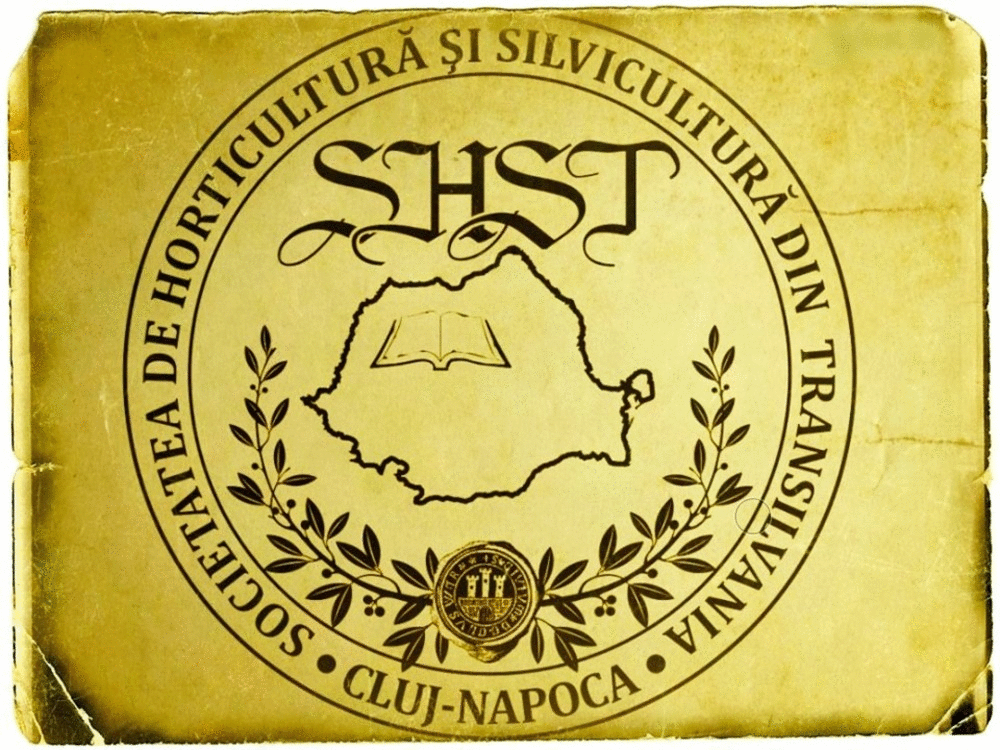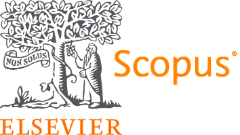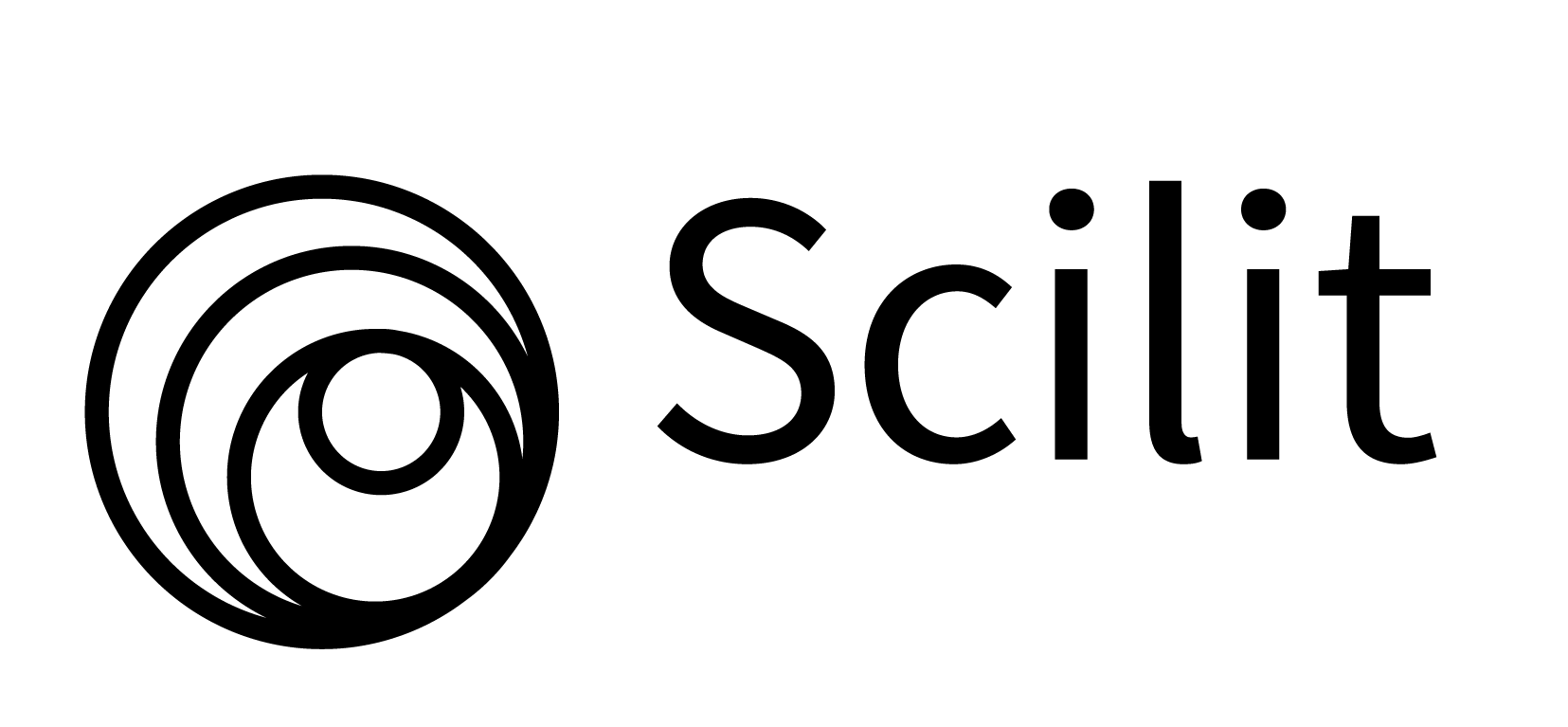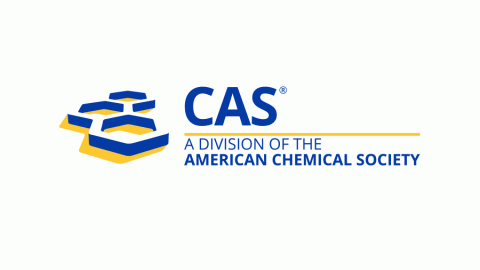Modulation of antioxidant activities, markers of hepatic and renal dysfunctions in alloxan-induced diabetic rats by Combretum dolichopetalum
DOI:
https://doi.org/10.55779/nsb15311315Keywords:
Combretum dolichopetalum, diabetes mellitus, metabolic disorder, oxidative stressAbstract
Diabetes mellitus is a metabolic dysfunction of insulin secretion exhibiting hyperglycemia with abnormalities in protein, fat and carbohydrate metabolism. The present study aimed to investigate the effect of Combretum dolichopetalum (CD) on hepatic parameters, renal indices and antioxidant markers of alloxan-induced diabetic rats. Twenty (20) male rats were used, and they were divided into four groups of five rats each. Group 1- Normal control received distilled water (non-diabetic control); Group 2- Diabetic control received distilled water; Group 3 and Group 4 are Diabetic rats treated with 200 mg/kg and 400 mg/kg of CD extract. There were significant decreases in the final body weights of Group 2 compared with Group 1 and an elevation of the body weights of Groups 3 and 4 compared with Group 2. There were significant increases in the blood glucose concentration of Group 2 compared with Group 1 and a reduction in blood glucose concentration of Groups 3 and 4 compared with Group 2. There were increases in the alanine amino transaminase (ALT), alkaline phosphatase (ALP) activities and serum total and conjugated bilirubin levels of Groups 2 and 3 compared with Group 1, but a reduction in the ALP, ALT activities and total bilirubin in Group 4. There was an elevation in the superoxide dismutase (SOD) the activity of Group 4. There were reductions in catalase activities and no change in the renal indices. The study showed ameliorating potentials on hyperglycemia, hepatoprotective activity and antioxidation effects.
Metrics
References
Alisik M, Neselioglu S, Erel O (2019). A colorimetric method to measure oxidized, reduced and total glutathione levels in erythrocytes. Journal of Laboratory Medicine 43(5):269-277. https://doi.org/10.1515/labmed-2019-0098
Aloke C, Emelike CU, Obasi NA, Ogbu PN, Edeogu CO, Uzomba CG, … Bature CU (2021a). HPLC profiling and studies on Copaifera salikounda methanol leaf extract on phenylhydrazine-induced hematotoxicity and oxidative stress in rats. Arabian Journal of Chemistry 14(12):103428. https://doi.org/10.1016/j.arabjc.2021.103428
Aloke C, Nwachukwu N, Obasi NA, Emelike CU, Amu PA, Ogbu PN, Orinya OF, Ogbonnia EC (2021b). Antihyperglycemic, antihyperlipidemic and hepatoprotective effects of Ficus ottoniifolia (Miq.) Miq. supplementation in alloxan-induced diabetic rats. Avicenna Journal of Phytomedicine 11(5):428-435. https://doi.org/10.22038/AJP.2020.16958
Aloke C, Obasi NA, Emelike CU, Ogbu PN, Ufebe GO, Orinya OF, Egwu CO, Onyekwere AC (2021c). Protective effect of Copaifera salikounda (Heckel) against paracetamol-induced hepatorenal injury in rat. Sains Malaysiana 50(4):1065-1076. http://doi.org/10.17576/jsm-2021-5004-17
American Diabetes Association (2009). Diagnosis and classification of diabetes mellitus. Diabetes Care 32(1):S62-S67. https://doi.org/10.2337/dc09-S062
Ameyaw Y, Barku VYA, Ayivor J, Forson A (2012). Phytochemical screening of some indigenous medicinal plant species used in the management of diabetes mellitus in Ghana. Journal of Medicinal Plants Research 6:4573-4581. https://doi.org/10.5897/JMPR12.564
Assady M, Farahnak A, Golestani A, Esharghian M (2011). Superoxide dismutase (SOD) enzyme activity assay in Fasciola spp. parasites and liver tissue extract. Iranian Journal of Parasitology 6(4):17-22. https://pubmed.ncbi.nlm.nih.gov/22347309/
Barku VYA, Boahen O, Dali G (2014). Ethnobotanical study of wound healing plants in Kpando traditional area, Ghana. International Journal of Phytomedicine (6):564-572. http://aj.yloop.com/index.php/ijpm/article/view/1519/0
Bramlage P, Lanzinger S, van Mark G. Hess E, Fahrner S, Heyer CHJ, … Holl RW (2019). Patient and disease characteristics of type-2 diabetes patients with or without chronic kidney disease: an analysis of the German DPV and DIVE databases. Cardiovascular Diabetology 18:33. https://doi.org/10.1186/s12933-019-0837-x
Cotter DG, Schugar RC, Crawford PA (2013). Ketone body metabolism and cardiovascular disease. American Journal of Physiology-Heart and Circulatory Physiology 304(8):H1060-1076. https://doi.org/10.1152/ajpheart.00646.2012
Darmon M, Clec'h C, Adrie C, Argaud L, Allaouchiche B, Azoulay E, Bouadma L, … Timsit JF (2014). Acute respiratory distress syndrome and risk of AKI among critically ill patients. Clinical Journal of the American Society of Nephrology 9(8):1347-1353. https://doi.org/10.2215/CJN.08300813
Dasgupta N, Bratai De (2007). Antioxidant activity of some leafy vegetables of India: A comparative study. Food Chemistry 101(2):471-474. https://doi.org/10.1016/j.foodchem.2006.02.003
Ekakitie O, Okoro FE, Nwite EJ, Chukwunweike C, Fredrick CC, Emelike CU (2021). Methanolic extract of Citrullus lanatus seeds abates testicular degeneration and dose-dependently modulates testicular function in hyperlipidemic male Wistar rats. Nigerian Journal of Physiological Sciences: Official Publication of the Physiological Society of Nigeria 36(1):101-107.
Eleazu C, Ekeleme CE, Famurewa A, Mohamed M, Akunna G, David E, … Emelike U (2019). Modulation of the lipid profile, hepatic and renal antioxidant activities, and markers of hepatic and renal dysfunctions in alloxan-induced diabetic rats by virgin coconut oil. Endocrine, Metabolic and Immune Disorders Drug Targets 19(7):1032-1040. https://doi.org/10.2174/1871530319666190119101058
Eleazu CO, Eleazu KC, Chukwuma SC, Okoronkwo J, Emelike CU (2014). Effect of Livingstone potato (Plectranthus esculenthus N. E. Br) on hyperglycemia, antioxidant activity and lipid metabolism of streptozotocin induced diabetic rats. Toxicology Reports 1:674-681. https://doi.org/10.1016/j.toxrep.2014.08.013
Emelike CU, Anyaehie USB, Iyare EE, Obike CA, Aloke C, Chukwu DF, … Chukwu JAO (2021). Chemical composition and evaluation of methanol leaf extract of Combretum dolichopetalum on body weights and haematological indices of phenylhydrazine induced-anaemic rats. Toxicology International 28(2):8-14.
Emelike CU, Anyaehie USB, Iyare EE, Obike CA, Eleazu CO, Chukwuma C (2020). Acute and sub-acute toxicity studies on Combretum dolichopetalum Engl. and Diels leaves. Slovenian Veterinary Research 57(3):105-114. https://doi.org/10.26873/SVR-899-2020
Griendling KK, Camargo LL, Rios FJ, Alves-Lopes R, Montezano AC, Touyz RM (2021). Oxidative stress and hypertension. Circulation Research 128(7):993-1020. https://doi.org/10.1161/CIRCRESAHA.121.318063
Hadwan MH (2018). Simple spectrophotometric assay for measuring catalase activity in biological tissues. BMC Biochemistry 19(1):7. https://doi.org/10.1186/s12858-018-0097-5
Jensen WB (2007). The Origin of Soxhlex Extractor. Journal Chemistry Education 84(12):1913-1914. https://doi.org/10.1021/ed084p1913
Kalra A, Yetiskul E, Wehrle CJ, Tuma F (2023). Physiology. Liver. In: StatPearls. Treasure Island (FL): StatPearls Publishing https://pubmed.ncbi.nlm.nih.gov/30571059/
Larson RA (1988). The antioxidants of higher plants. Phytochemistry 27:969-978. https://doi.org/10.1016/0031-9422(88)80254-1
Maniyar Y, Bhixavatimath P (2012). Antihyperglycemic and hypolipidemic activities of aqueous extract of Carica papaya Linn. leaves in alloxan-induced diabetic rats. Journal of Ayurveda and Integrative Medicine 3(2):70-74. https://doi.org/10.4103/0975-9476.96519
Moore K, Taylor G, Ward P, Williams R (1991). Aetiology and management of renal failure in acute liver failure. In Williams R, RD Hughes. Acute liver failure: Improved understanding and better therapy. Welwyn Garden City, UK: Smith Klein and French Laboratories pp 47-53
Muriel P, Arauz J (2012). Coffee and liver health. In: Chu Y (Ed). Coffee emerging health effects and disease prevention. West Sussex, UK: IFT Press/Wiley-Blackwell pp 123-139
Ogbera AO, Ekpebegh C (2014). Diabetes mellitus in Nigeria: The past, present and future. World Journal of Diabetes 5(6):905-911. https://doi.org/10.4239/wjd.v5.i6.905
Okoro CO, Aloke C, Ibiam UA, Obasi NA, Orji OU, Egwu CO, Ogbu PN, Emelike CU, Ufebe GO, Ezeani NN (2021). Studies on ethanol extracts of Olax subscorpioidea against carbon tetrachloride-induced hepatotoxicity in rats. Pakistan Journal of Biological Science 24(6):724-732.
Patel DK, Prasad SK, Kumar R, Hemalatha S (2012). An overview on antidiabetic medicinal plants having insulin mimetic property. Asian Pacific Journal of Tropical Biomedicine 2(4):320-230. https://doi.org/10.1016/S2221-1691(12)60032-X
Saeed MK, Deng Y, Dai R. (2008). Attenuation of biochemical parameters in streptozotocin-induced diabetic rats by oral administration of extracts and fractions of Cephalotaxus sinensis. Journal of Clinical Biochemistry and Nutrition 42:21-28.
Sahoo S, Ghosh G, Das D, Nayak S (2012). Phytochemical investigation and in vitro antioxidant activity of an indigenous medicinal plant Alpinia nigra B.L.Brutt. Asian Pacific Journal of Tropical Biomedicine 3(11):871-876. https://doi.org/10.1016/S2221-1691(13)60171-9
Szkudelski T (2001). The mechanism of alloxan and streptozotocin action in B cells of the rat pancreas. Physiological Research 50(6):537-546.
Tangvarasittichai S (2015). Oxidative stress, insulin resistance, dyslipidemia and type 2 diabetes mellitus. World Journal of Diabetes 6(3):456-480. https://doi.org/10.4239/wjd.v6.i3.456
Uzor PF, Osadebe PO, Omeje EO, Agbo MO (2014). Bioassay guided isolation and evaluation of the antidiabetic principles of Combretum dolichopetalum root. Journal of Pharmaceutical Research International 18(4):2155-2171. https://doi.org/10.9734/BJPR/2014/9143
Yin P, Wang Y, Yang L, Sui J, Liu Y (2018). Hypoglycemic effects in alloxan-induced diabetic rats of the phenolic extract from Mongolian oak cups enriched in ellagic acid, kaempferol and their derivatives. Molecules 23(5):1046. https://doi.org/10.3390/molecules23051046
Downloads
Published
How to Cite
Issue
Section
License
Copyright (c) 2023 Chinedum U. EMELIKE, Ojichukwuka E. CHIJIOKE-AGU, Favour-Ann K. NWOKE, Romanus OYIBE, Chinwendu G. ENWEREUZO, Eze F. AHUEKWE

This work is licensed under a Creative Commons Attribution 4.0 International License.
Papers published in Notulae Scientia Biologicae are Open-Access, distributed under the terms and conditions of the Creative Commons Attribution License.
© Articles by the authors; licensee SMTCT, Cluj-Napoca, Romania. The journal allows the author(s) to hold the copyright/to retain publishing rights without restriction.
License:
Open Access Journal - the journal offers free, immediate, and unrestricted access to peer-reviewed research and scholarly work, due SMTCT supports to increase the visibility, accessibility and reputation of the researchers, regardless of geography and their budgets. Users are allowed to read, download, copy, distribute, print, search, or link to the full texts of the articles, or use them for any other lawful purpose, without asking prior permission from the publisher or the author.













.png)















